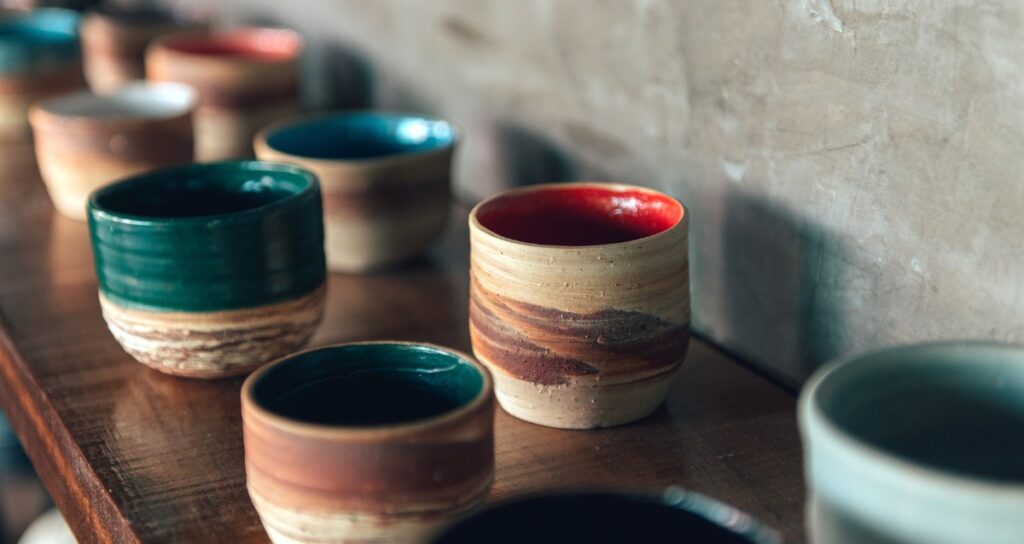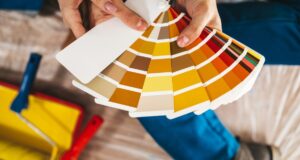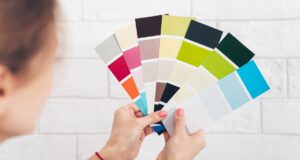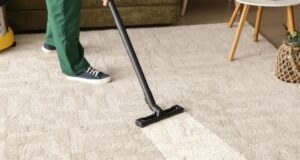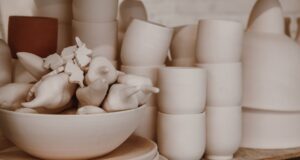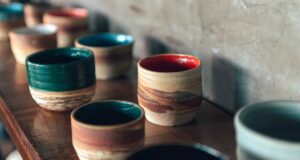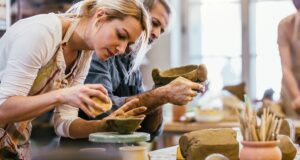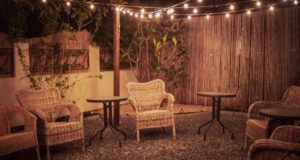Do you want to increase your understanding of how glazes work? Have a little more control over your results? Maybe you’ve been using commercial (pre-mixed) glazes for a while now and they aren’t exactly doing what you want them to.
Perhaps you’ve reached the point in your ceramics journey that you want to start understanding the materials you’re working with and what is actually happening when you put your pottery into the kiln.
Or, it could be that the cost of commercial glaze is adding up and you would like to explore a much cheaper option.
What’s the solution to these problems? Make your own glazes.
I’m here to tell you the basic benefits of mixing your own glazes and a list of materials to get you started.
The benefits:
Control and understanding
When you mix your own glazes, you get to know your materials so that you can adjust your recipes in order to achieve the results you are after.
Is your glaze too glossy? Not the right shade of blue? Knowing your materials and how they interact with each other gives you the freedom to make adjustments and fine tune your glazes to be exactly how you want them.
Cost
At my local pottery supplier, a pint of pre-mixed glaze averages $15-$30. A pint is the common size that glazes come in around here. The only gallon-size of commercial glaze that they carry is a clear glaze for $100, and I’d still have to mix my own colourants in. For all the metric folks like me, a gallon is the equivalent of 3.8L.
You can mix a gallon of glaze from scratch for under $5. Seriously!

The shopping list:
I’ve put together a list of the most common glaze materials and equipment necessary to start mixing your own glazes. With this list you will have all the ingredients you need to make a very large variety of glaze recipes. Then, as you figure out glazes you specifically want to make, you can add to your inventory.
You don’t need all of these ingredients to make one glaze, you could get by with even less, but this list will give you the widest variety of possible glazes with the smallest number of materials. I work at cone 6 and my material choices are based on common cone 6 recipes.
I tried to keep costs down and I chose the smallest quantity I’d buy if I was just getting started. The quantities are according to what was available at my supplier. Your supplier might sell different quantities. For example, 5kg of Dolomite is the smallest bag I could buy, which is a lot of dolomite if you’re just getting started.
Base ingredients
- Silica – 5 kg – $16
- EPK (or any kaolin) – 5 kg – $15
- Frit 3124 – 2.5 kg – $30
- Frit 3134 – 2.5 kg – $33
- Nepheline Syenite – 5 kg – $19
- Minspar – 5 kg – $16
- Whiting – 5 kg – $13
- Talc – 2.5 kg – $9
- Dolomite – 5 kg – $17
- Zinc Oxide – 500g – $16
Gerstley borate used to be on this list but due to a recent price jump, it’s no longer a budget friendly material.
Additives
- Bentonite – 2.5 kg – $9
Colourants
- Copper Carbonate – 125g – $14
- Red Iron Oxide – 500g – $14
- Zircopax – 500g – $16
Total: $237
For under $250 you’re off to a great start
With over 40 kg of dry materials, you can make buckets and buckets of glazes of different colours and textures. Feel free to add any other ingredients you find in your favourite recipes, like colourants. (Cobalt didn’t make the cut due to cost but is another very common colourant. Rutile is also found in lots of recipes.)
Prices will vary depending on your location. I’m located in Canada so costs are in Canadian dollars and based on my local supplier’s prices. Your prices may be different. Prices updated Jun 2023.
Update March 2021: If you buy this list of ingredients and want to know which glazes you can make with them, I wrote a blog post just for you!
Other useful items:
Personal Protection Equipment (for more details, check out my article on safety in the glaze lab)
- Half face respirator –the most important piece of safety equipment you need
- Rubber gloves
- Safety glasses
- Apron or lab coat
Tools and Equipment
- 80 mesh glaze sieve –available at local pottery store
- Nylon bristle dish brush with handle for pushing your glaze through the sieve
- 2-5 gallon buckets with lids for storing your mixed, wet glazes
- Sealable plastic containers to store your dry materials in
- Scale for weighing dry materials
What glazes can I make with this list?
If you’re looking for glaze recipes you can make with this shopping list, I wrote another article called What Glazes Can You Make with Limited Materials?
In this article, I talk about how I used material substitutions to create a list of recipes that can be made using only the materials on this shopping list.
Get started
Once you’ve acquired your materials, you’re ready to dive in to the wonderful world of glaze mixing.
